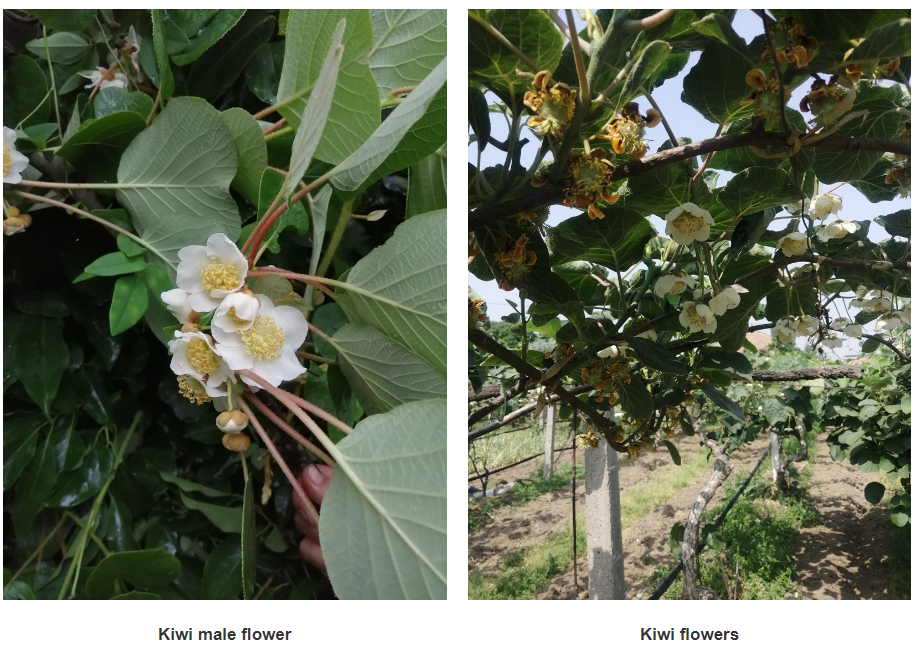டிசம்பர் . 04, 2024 17:49 Back to list
active pollen for pollination in apple orchards company
Active Pollen for Pollination in Apple Orchards Boosting Fruit Production Through Effective Pollination Techniques
Pollination is an integral part of fruit production, particularly in apple orchards, where the quality and quantity of fruit depend significantly on how effectively the flowers are pollinated. The role of active pollen in enhancing pollination processes cannot be overstated. In this article, we will explore the importance of active pollen in apple orchards, the mechanisms of effective pollination, and strategies for optimizing this critical phase of apple cultivation.
Understanding Pollination Process
Apple trees (Malus domestica) are primarily cross-pollinated, meaning they require pollen from another apple variety to achieve optimal fertilization and fruit set. The process begins when the apple blossoms emerge in spring, attracting various pollinators such as bees, butterflies, and other insects. The active pollen produced by the male parts of the flower (the stamens) plays a crucial role in this process. When a pollinator visits a blooming flower, it comes into contact with the anthers, transferring pollen grains to the stigma—the female reproductive part of the flower.
Once the pollen lands on the stigma, it germinates and grows a pollen tube down the style to the ovule in the ovary. Successful fertilization occurs when the sperm cells travel through these tubes and join with the ovules, leading to the development of seeds and, subsequently, fruit. Thus, the availability of active pollen and its transfer to compatible flowers are paramount for the overall health and yield of apple orchards.
The Importance of Active Pollen
Active pollen is essential for several reasons. Firstly, its viability directly impacts fertilization rates and fruit set. Pollen can lose its viability due to unfavorable weather conditions, such as rain or extreme temperatures, or if it is stored improperly. This loss can lead to poor fruiting, resulting in lower yields for orchard owners.
Moreover, some apple cultivars have different blooming times and pollen compatibility. For instance, some varieties may produce abundant pollen, while others may be reliant on these varieties for successful cross-pollination. Thus, maintaining a diverse selection of apple varieties in orchards ensures a robust pollen supply when the flowering period arrives.
Strategies for Enhancing Active Pollen Availability
active pollen for pollination in apple orchards company

Apple orchard management should focus on several strategies to enhance the availability of active pollen and ensure effective pollination.
1. Diverse Planting Planting a variety of apple cultivars that bloom at different times can provide a continuous source of active pollen. This diversity encourages cross-pollination and helps mitigate the risks of weather-related pollen loss.
2. Pollinator Friendly Practices Encouraging the presence of pollinators is crucial for effective pollen transfer. Orchard owners can do this by planting pollinator-friendly plants. Additionally, minimizing pesticide use during the flowering season protects bees and other beneficial insects that facilitate pollination.
3. Timing and Monitoring Keeping a close eye on the blooming periods of the different varieties helps orchard management synchronize pollinator visits with active flowering times. This ensures the highest likelihood of effective pollination.
4. Supplemental Pollination In some cases, growers may use supplemental pollination methods, such as introducing hives of bees into the orchard during the bloom period, or using mechanized pollination techniques to distribute pollen more effectively across trees.
5. Soil and Tree Health Healthy trees and soils contribute to vigorous flowering, which ultimately leads to abundant pollen production. Regularly testing soil health, providing necessary nutrients, and employing proper irrigation techniques can enhance tree vitality.
Conclusion
Active pollen plays a critical role in the successful pollination of apple orchards, significantly influencing fruit yield and quality. By understanding the dynamics of pollination and implementing effective management strategies, orchard owners can maximize the availability of viable pollen, ensuring robust cross-pollination and healthy fruit production. As the agriculture sector continues to evolve with new technologies and environmental considerations, integrating these traditional practices with modern approaches is key to sustaining productive apple orchards in the future. By prioritizing the health of both plants and pollinators, we can secure the future of apple cultivation and enjoy the fruits of our labor for generations to come.
-
Pollen Peach Tree for Pure Pollination and High-Quality Peach Pollen
NewsJul.30,2025
-
Premium Cherry Pollen for Pure Pollination & Different Types
NewsJul.30,2025
-
Artificial Pollination Solutions for Various Plant Pollen Types
NewsJul.29,2025
-
Artificial Pollination Solutions for All Plant Pollen Types
NewsJul.29,2025
-
Premium Plant Pollen for Pure Pollination & Pollen Block Solutions
NewsJul.29,2025
-
Artificial Pollination Solutions for Efficient Crop Yields
NewsJul.28,2025